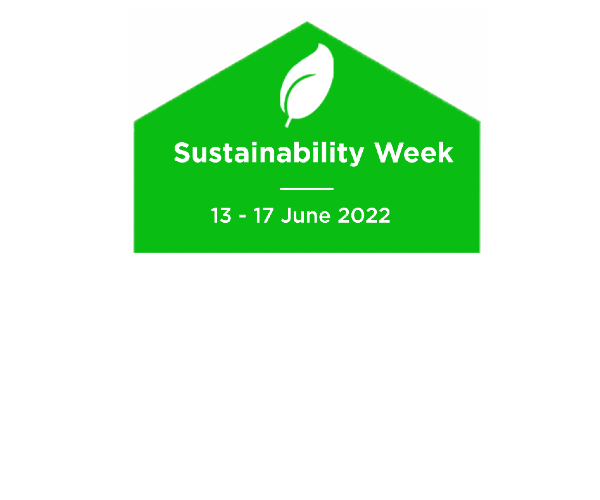In the past two years we have successfully supported our clients in the education sector to obtain funding through the Low Carbon Skills Fund.
The Low Carbon Skills fund is a grant that can be used by public sector organisations and multi-academy trusts to procure consultants to undertake surveys, feasibility studies, modelling exercises and produce a Heat Decarbonisation Plan. The intention of this fund is to act as a catalyst to support public sector organisations to work towards achieving the government’s target of Net Zero by 2050. We believe Heat Decarbonisation Plans are just the starting point in our client’s journey to becoming as close to Net Zero as possible.
What is a Heat Decarbonisation Plan?
A large portion of an organisation’s greenhouse gas emissions will be down to the combustion process for heat and the fuel source used. For example, buildings that are heated using oil fired or gas fired boilers tend to produce more carbon when compared to buildings that use a renewable system such as an Air Source Heat Pump (ASHP) or Ground Source Heat Pump (GSHP).
With this in mind, the purpose of a Heat Decarbonisation Plan is to review the performance of each building on each site. This plan states future improvement works, impact on energy usage and the amount of carbon saving produced from each project. The Heat Decarbonisation Plan would provide a road map clients can use to plan the decarbonisation of their estate, which will include project budgets, programmes and resource schedules.
The graph shown below is an example of the carbon emission improvements found from a study of a client’s site. As you can see, the amount of carbon saving can be calculated for each improvement element.

How do we produce a Heat Decarbonisation Plan?
The Heat Decarbonisation Plan is an estate-wide document that aims to assess each school individually and form a plan. It will include a feasibility study for each school, covering the following areas:
Current Situation:
This section will investigate:
- The current building fabric make up
- Energy usage utilising information provided by the service providers
- Current fuel consumption
- Electrical installations
- Current window make up
- Roof insulation
- Loft insulation
- Mechanical systems.
The energy reporting mechanism for carbon emissions will also be reviewed and evaluated. The study will also assess the internal processes for control, reporting, project identification and implementation.
A detailed IES model of the current buildings and installations will be produced as a base model. This shall be varied against information provided from utility service providers and be used to obtain the buildings’ current carbon usages.

Improvements:
Our team of sustainability engineers, building surveyors, mechanical and electrical engineers review the information obtained by site surveys and propose improvements. The elements under review will consist of heat source, heating distribution, heating control, fuel type and hot water generation. Items contributing towards the heating requirement will also be reviewed. This includes building fabric improvement, such as window make up, wall insulation, roof insulation, roof type, and solar panels.
These improvements will be implemented into the base model and total expected carbon reduction and change in energy use will be obtained.

Project identification:
Using information from the revised model, the plan will dictate which projects should be undertaken and in what sequence. Review will be undertaken by a quantity surveyor, an engineer, and a building surveyor. This will identify the cost of each proposed project, the project length, onsite constraints, and order of priority. At this point, a project timeline for the school will be identified.
Overall Heat Decarbonisation Plan:
Once each individual feasibility study is complete, they will contribute towards the overall Heat Decarbonisation Plan. This document will outline all the projects that will be undertaken across the client’s estate, when they will be undertaken, their costs and the total carbon reduction that will be achieved by completion of this plan. This document will also review and record processes and methodology that the client should undertake.
For more information on Heat Decarbonisation Plans or to start working with us on yours, please contact Associate Partner Anil Chandla at Anil.Chandla@Bailygarner.co.uk
